Why the Federal Reserve is due for a radical reinvention
The structure of the Fed is basically an accident of history. Time to apply some common sense.
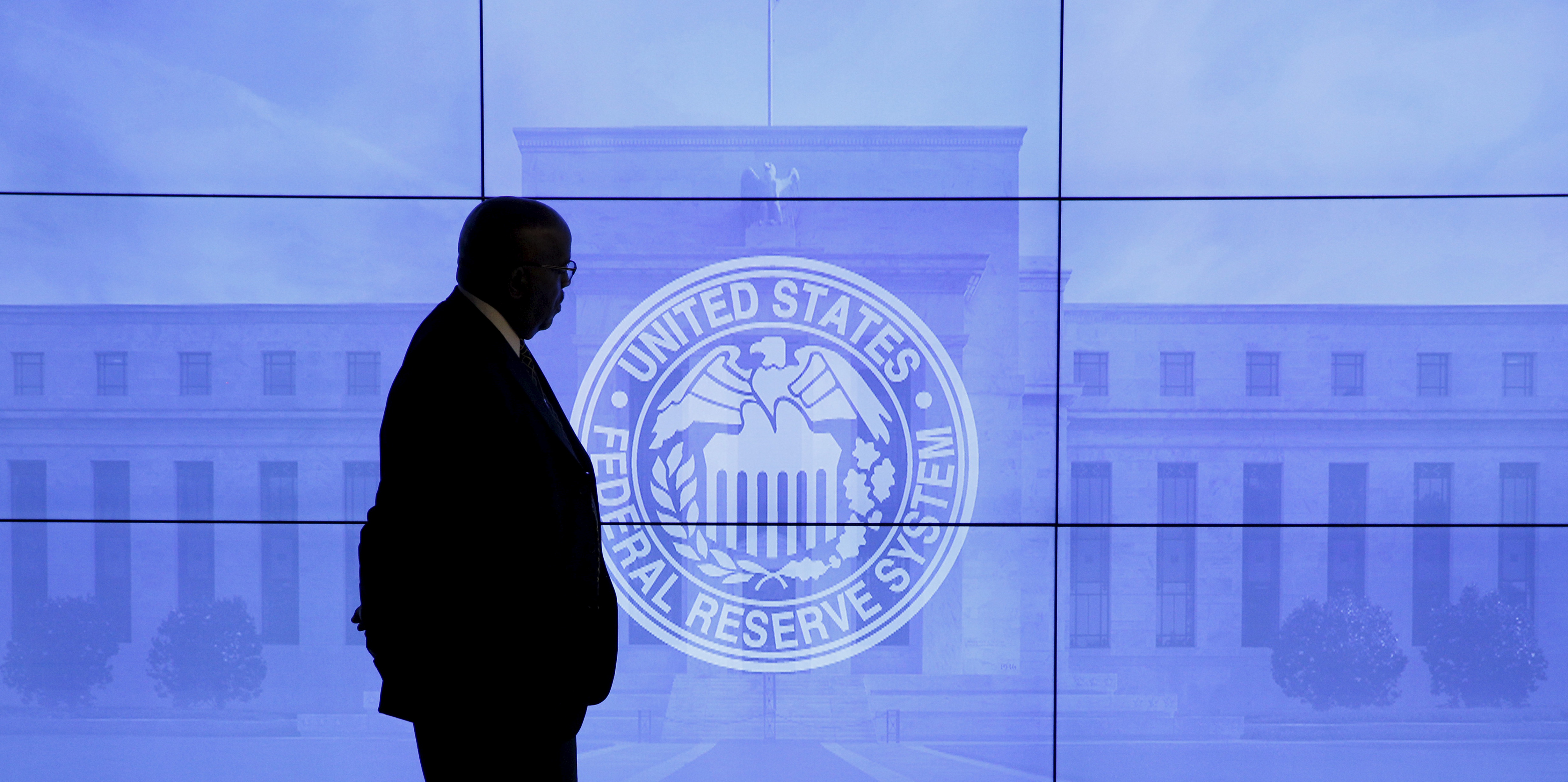

The Federal Reserve is a hot topic in the news these days. Usually, the stories revolve around the merits of its decisions: Was quantitative easing a good idea? Should it raise interest rates again in April? But Andrew Levin, a Dartmouth economist and former aide to Federal Reserve Chair Janet Yellen, thinks our questions need to go much deeper.
On Monday, Levin and the activist campaign Fed Up proposed four major reforms that would radically alter the structure of the Federal Reserve. The reason they cite is compellingly simple: How the Fed works is basically out of whack with what it does today.
The Federal Reserve began around a century ago as a decentralized and private institution aimed at avoiding financial panics and making sure the interactions between the nation's for-profit banks remained stable. Since then, it's basically become a kind of government agency, with a fundamental role in shaping the American economy and the supply of wages and jobs for everyday workers. But the design and governance of the Fed has not kept up with that shift in responsibilities.
The Week
Escape your echo chamber. Get the facts behind the news, plus analysis from multiple perspectives.

Sign up for The Week's Free Newsletters
From our morning news briefing to a weekly Good News Newsletter, get the best of The Week delivered directly to your inbox.
From our morning news briefing to a weekly Good News Newsletter, get the best of The Week delivered directly to your inbox.
To understand why, let's start at the very beginning. Western economies began creating central banks several centuries ago as modern capitalism was first coming into focus, to serve as a "lender of last resort." Private banks could go and borrow from the central bank when times were tight — even if was just for a few days — and that would quell potential financial panics and bank runs. As a result, central banks were generally created by government charters, but as private corporations whose shares were owned by the banks that borrowed from them. "When the Bank of England and some other major central banks were founded, they were viewed as mostly providing services to commercial banks," as Levin explained to The Week.
America's Federal Reserve was created in 1913 under very similar circumstances. A potential financial crisis in 1907 was averted only when J.P. Morgan stepped in to backstop the country's private banks with his own personal fortune. No one wanted a repeat of that, so the Fed was created. It's actually a system of 12 regions, each overseen by a Fed branch bank — there's one in Dallas, in Richmond, in New York City, and so forth — with the private banks owning the shares of whatever Fed bank oversees their region.
More importantly, each regional Fed bank is run by a board of nine directors, six of whom are appointed by the private banking industry. The other three are appointed by the Federal Reserve system's national Board of Governors — a seven-member group appointed by the U.S. president and confirmed by the Senate. Together, the directors appoint a president to run their particular regional bank, rather like a CEO and a corporate board: They set the president's salary, review his or her performance, etc. All nine used to do that, but Dodd-Frank reformed the system in 2010 so that three of the six governors appointed by the private banks no longer play a role in selecting the president.
Over the course of the 20th Century, various developments like the end of the gold standard and the creation of federal deposit insurance diluted the importance of the regional banks as lenders of last resort. At the same time, however, the regional banks found themselves owning large amounts of financial instruments as a result of serving that role. So they created a joint national group to manage all those holdings called the Federal Open Market Committee (FOMC), and over time it grew in importance. Its decisions are determined by 12 votes: the seven members of the Board of Governors, plus five of the 12 regional presidents. (The 12 presidents rotate through the voting positions, while the other seven sit in on the FOMC but don't vote.)
A free daily email with the biggest news stories of the day – and the best features from TheWeek.com
Today, when we talk about the Fed setting interest rates or meeting to decide monetary policy — which in turn decides the rate of wage growth and the supply of jobs throughout the entire national economy — we're talking about the FOMC. "For all practical purposes, the Federal Reserve today is a public enterprise," Levin said. "It's serving the public. It's making nationally critical decisions."
The problem is the Federal Reserve system was originally conceived of and designed as an add-on to the private banking industry, and that design has remained even as the nature and responsibilities of the Fed have change enormously: "This whole rationale that made perfect sense in 1913 doesn't make sense anymore," Levin said. The result is an institution that, while of enormous import to the public good, is incredibly complex, opaque, and governed with comparatively little input from everyday Americans.
"The Fed, in order to be effective, has to have the confidence of the public," Levin said. But allowing the banks to hold such enormous sway over the decision-making of the institution tasked with both setting national interest rates and regulating the financial system undermines that confidence. Economist Dean Baker analogized it to "reserving seats on the Federal Communications Commission’s board for the cable television industry." Levin himself likened it to allowing criminal attorneys or defense lawyers to select the director of the FBI and set his or her salary and performance review.
So Levin has put forward four major reforms. They're broad, and the details for how they could play out are negotiable, but they're aimed at starting a conversation around the topic.
One is to eliminate private ownership of shares in the Federal Reserve system and make it fully public, but more importantly to completely reform how the nine directors of each regional bank are appointed. This could involve reducing the number of directors, but mostly it would involve selecting them all via the same process, one that brings in all aspects of the community — small businesses, community groups, unions, non-profits, etc. In particular, directors should not come from institutions — i.e. private banks and financial entities — that the Fed system is tasked with overseeing.
The next step would be to make the process by which the nine directors for each region select their president public and transparent. As Ady Barkan, the campaign director for Fed Up, pointed out in a press call, when all 12 regional president slots were up for replacement in February, all 12 were quietly and opaquely re-appointed — even after the Fed Up campaign pressed Fed officials to lay out a system by which the public could participate. The ones for Dallas, Minneapolis, and Philadelphia were all previously associated with Goldman Sachs. St. Louis Federal Reserve President James Bullard once told Barkan that, "To call the reappointment process pro forma would be an understatement."
Third would be to set term limits for Fed officials. Make them long enough to insulate those officials from political pressure. But don't allow them to serve multiple terms one after the other as they can now.
And finally, apply the same transparency standards to the Fed that are applied to other government agencies: Allow the Government Accountability Office to publish an annual review of all the Fed's operations and policies, and make sure both the Fed's Inspector General and the Freedom of Information Act apply to the 12 regional banks as well as the national Board of Governors.
"What I've proposed is something that seems incremental, workable, and helpful," Levin concluded. And despite arguments over whether the Fed is making the right choices in the here and now about things like interest rates, Levin's goal is much bigger: to make the Fed a healthy functioning member of our democracy long after the current economic situation — and whatever particular monetary policy stance it calls for — has passed.
"These reforms are to improve governance, accountability and transparency," Levin said. "We live in a democracy — and the government is supposed to serve the public."
Jeff Spross was the economics and business correspondent at TheWeek.com. He was previously a reporter at ThinkProgress.
-
 How dangerous is the ‘K’ strain super-flu?
How dangerous is the ‘K’ strain super-flu?The Explainer Surge in cases of new variant H3N2 flu in UK and around the world
-
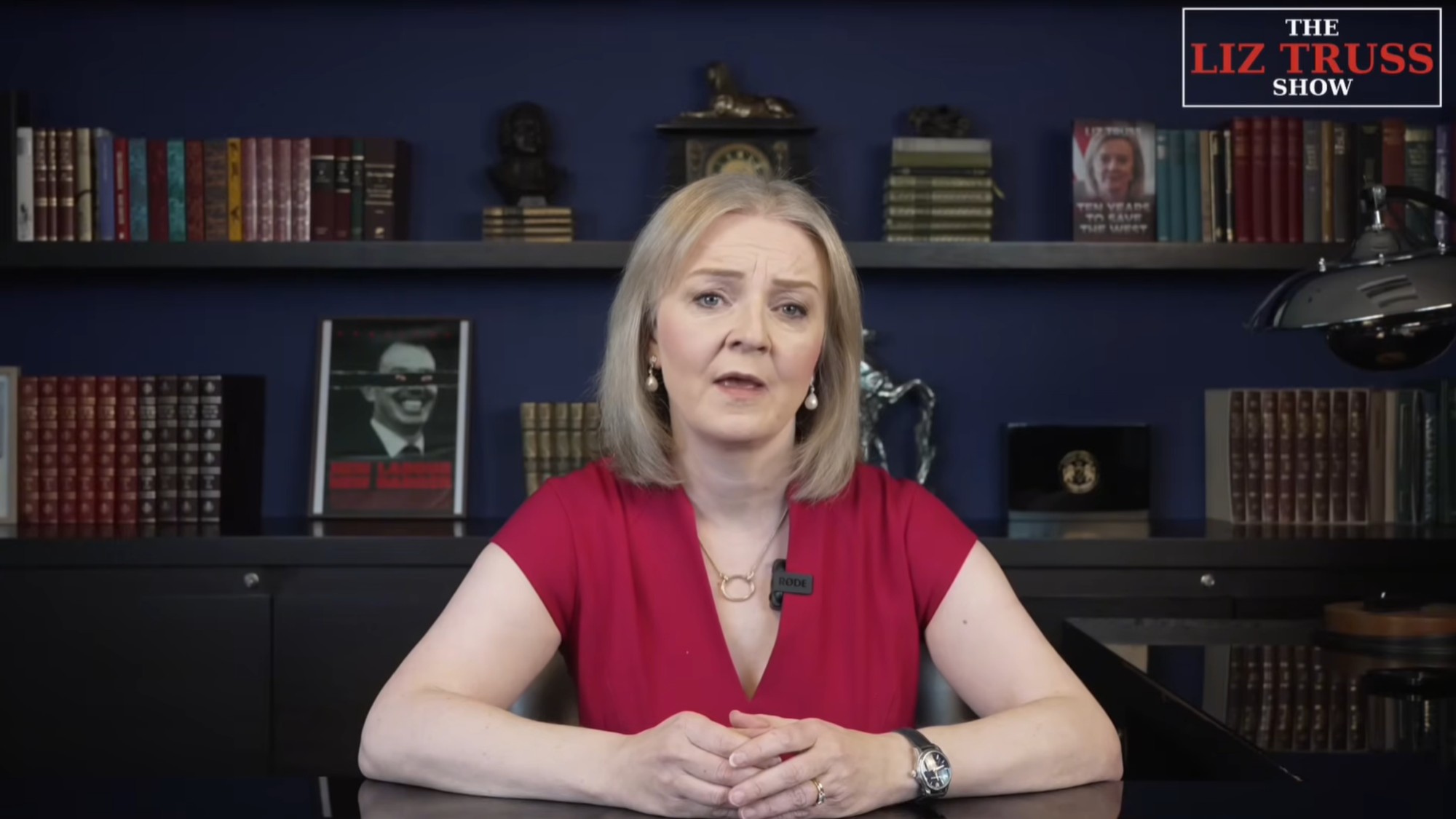 Who is The Liz Truss Show for?
Who is The Liz Truss Show for?Talking Point Former PM’s new weekly programme is like watching her ‘commit a drive-by on herself’
-
 Sudoku hard: December 9, 2025
Sudoku hard: December 9, 2025The daily hard sudoku puzzle from The Week
-
 The pros and cons of noncompete agreements
The pros and cons of noncompete agreementsThe Explainer The FTC wants to ban companies from binding their employees with noncompete agreements. Who would this benefit, and who would it hurt?
-
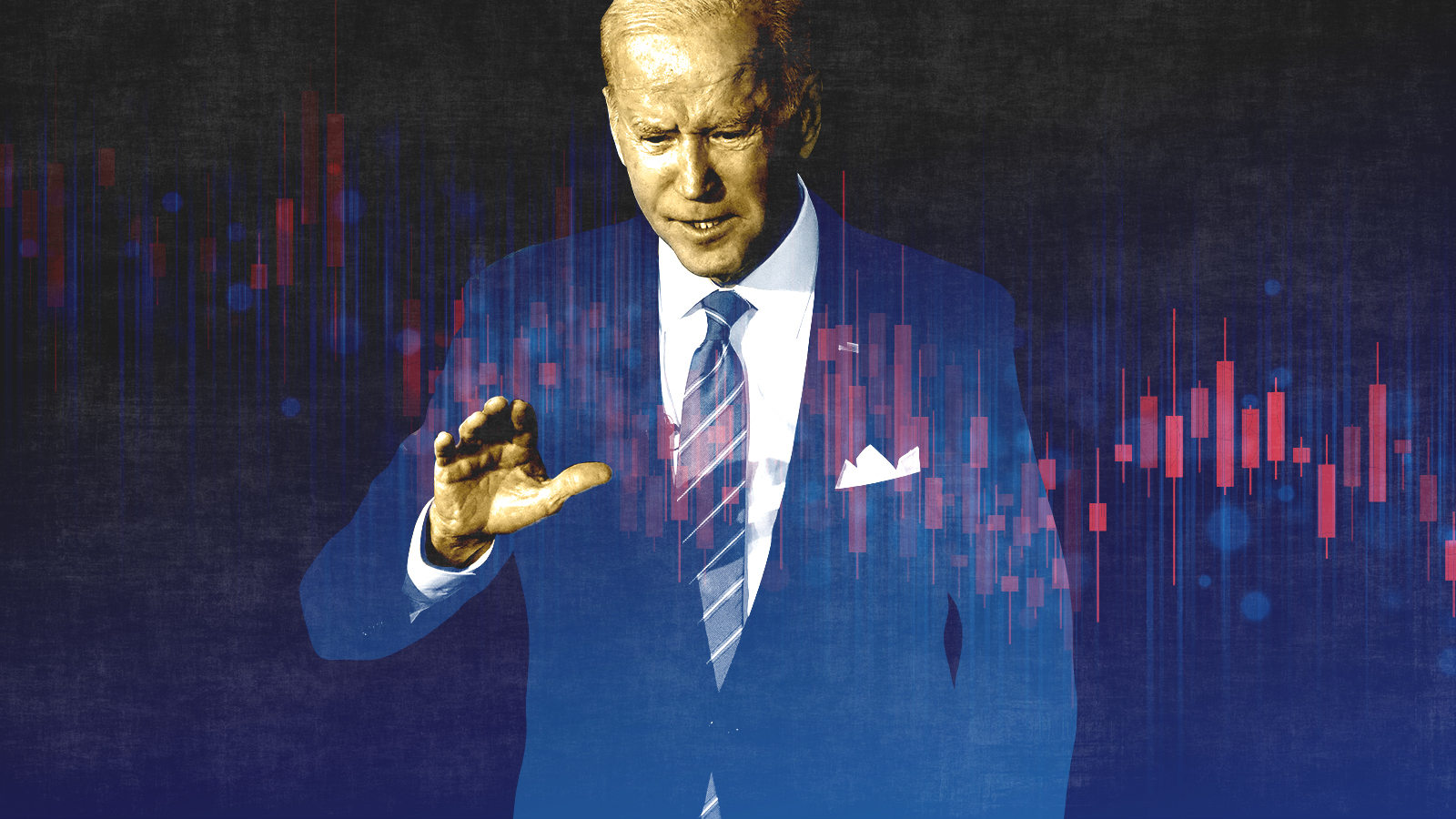 What experts are saying about the economy's surprise contraction
What experts are saying about the economy's surprise contractionThe Explainer The sharpest opinions on the debate from around the web
-
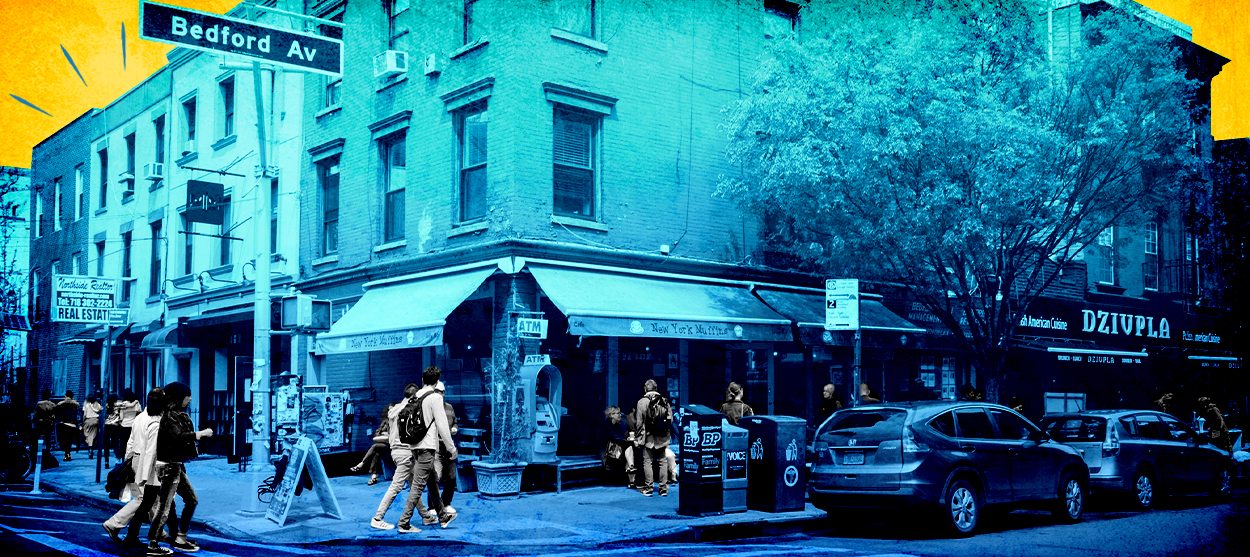 The death of cities was greatly exaggerated
The death of cities was greatly exaggeratedThe Explainer Why the pandemic predictions about urban flight were wrong
-
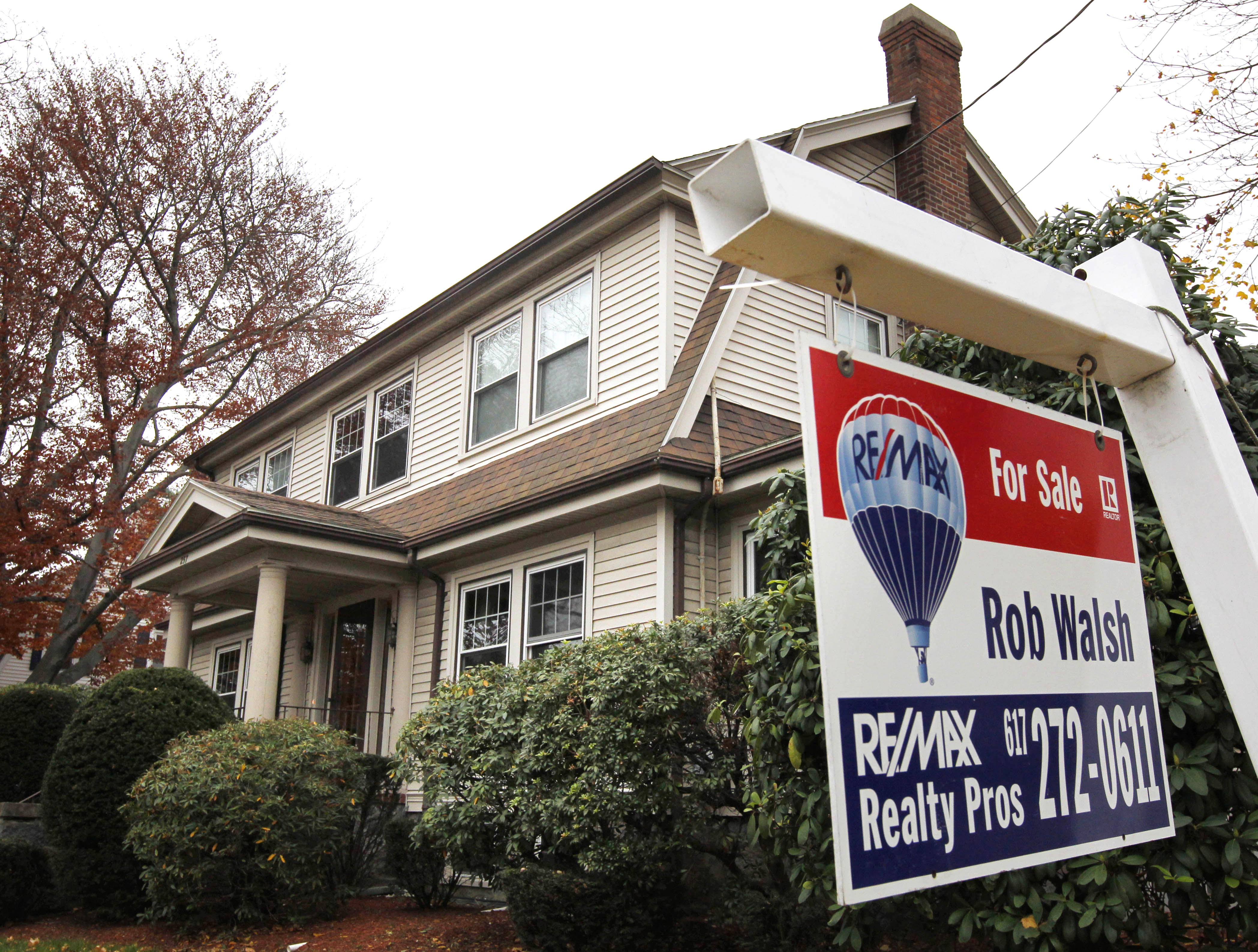 The housing crisis is here
The housing crisis is hereThe Explainer As the pandemic takes its toll, renters face eviction even as buyers are bidding higher
-
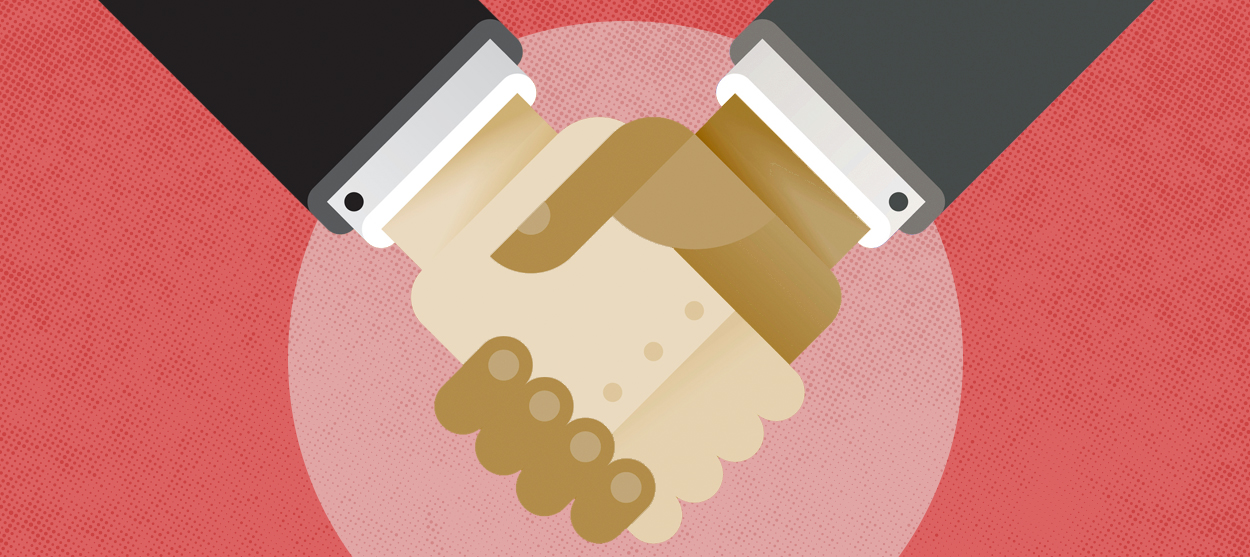 How to be an ally to marginalized coworkers
How to be an ally to marginalized coworkersThe Explainer Show up for your colleagues by showing that you see them and their struggles
-
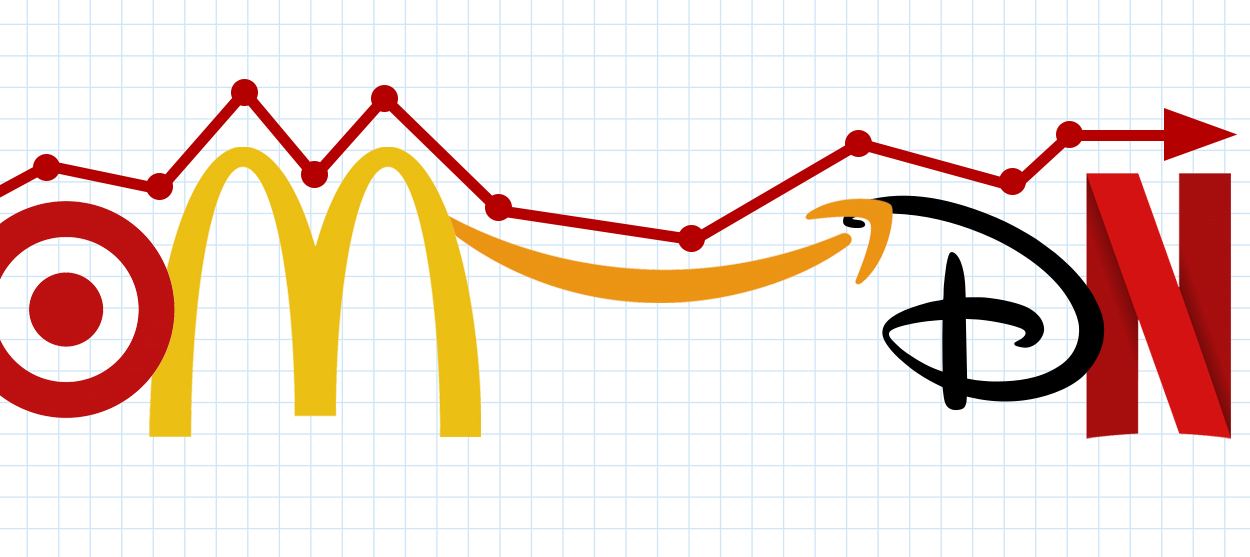 What the stock market knows
What the stock market knowsThe Explainer Publicly traded companies are going to wallop small businesses
-
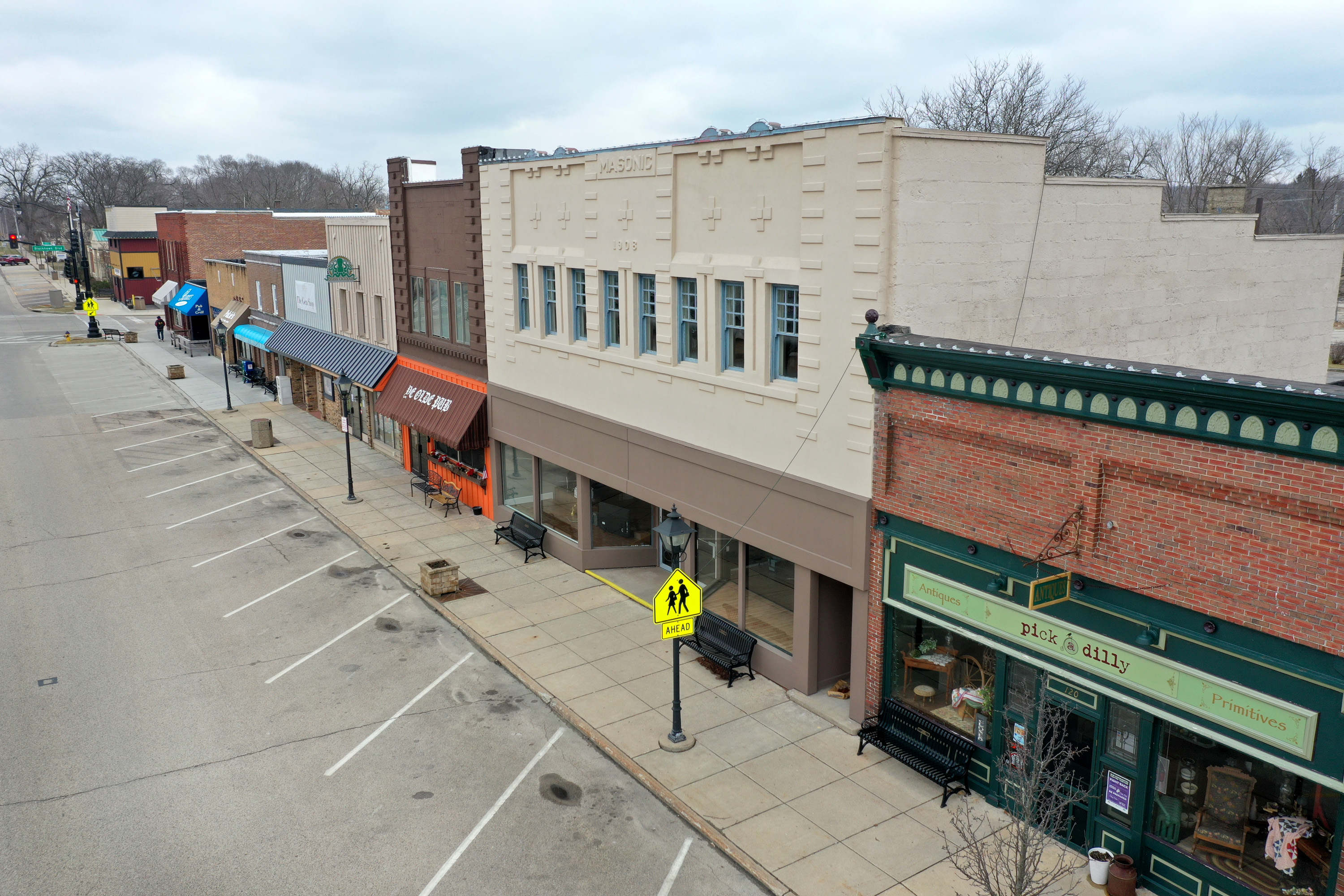 Can the government save small businesses?
Can the government save small businesses?The Explainer Many are fighting for a fair share of the coronavirus rescue package
-
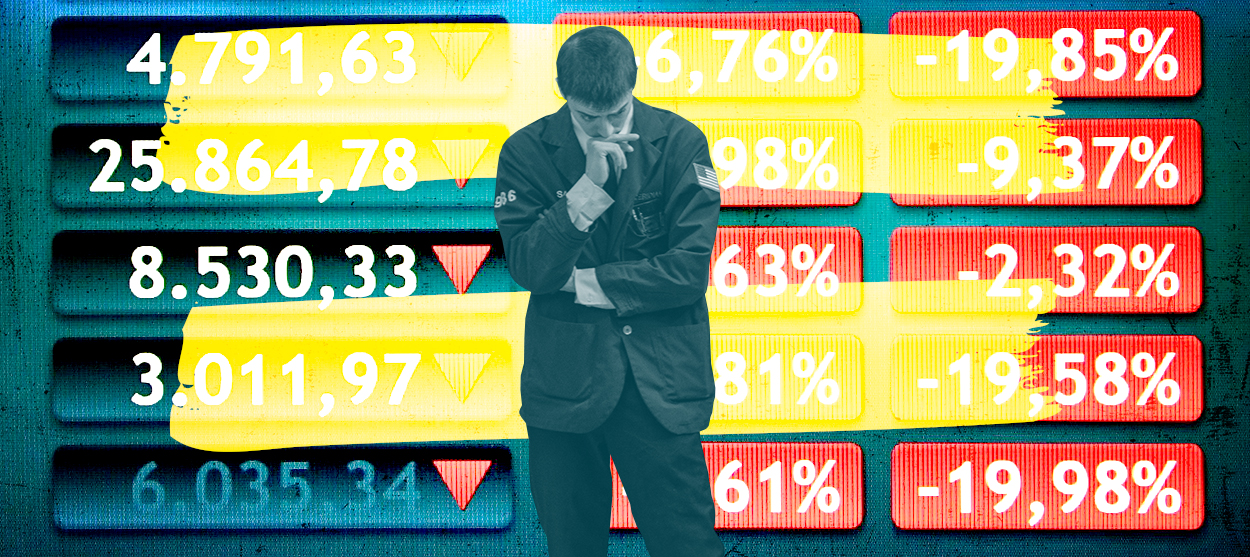 How the oil crash could turn into a much bigger economic shock
How the oil crash could turn into a much bigger economic shockThe Explainer This could be a huge problem for the entire economy
